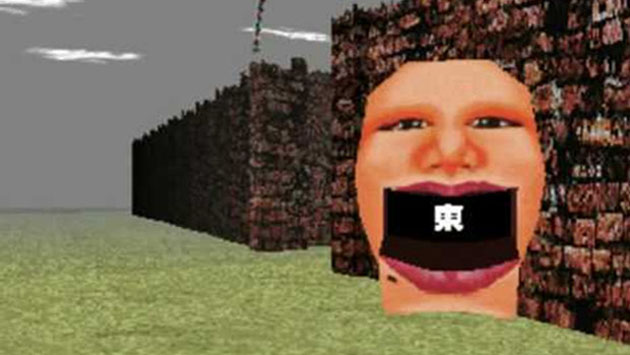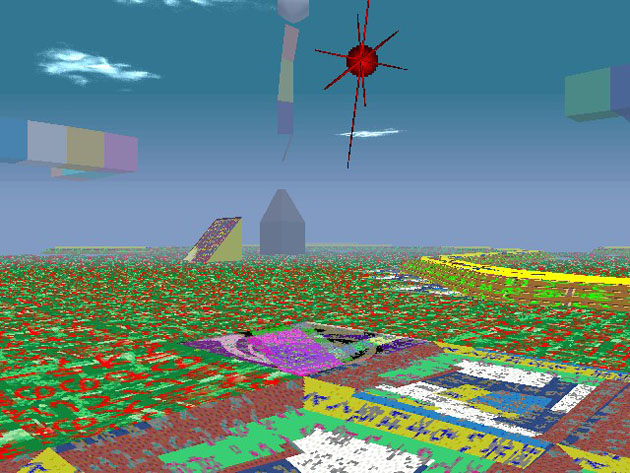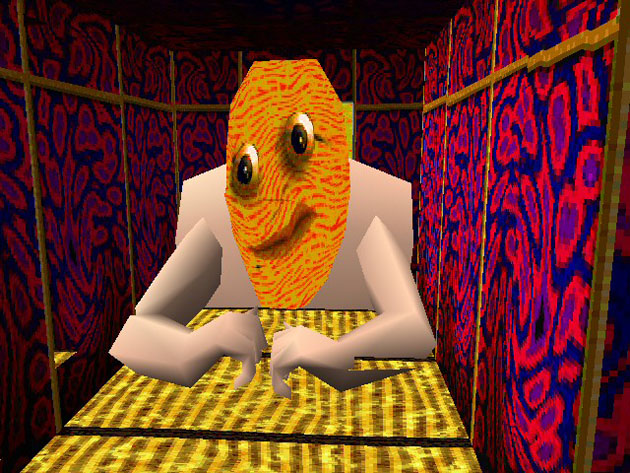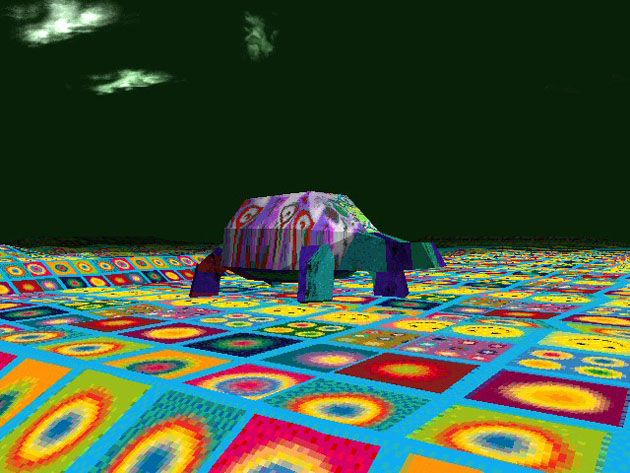LSD for PlayStation Might Be the Weirdest Game Ever Made
I recently came across a YouTube video of LSD for the Sony PlayStation, and I knew this was a game I absolutely had to play.
I quickly discovered that there has never, and probably will never again, be a more truly bizarre release like this for a major home console. How this even got green-lit for development is beyond me.
I am so very glad that it did, however. LSD (purportedly not named after the drug of the same name, but I’m skeptical) defies any sort of genre classification or gaming archetype. It’s a game completely unique in its concept and execution, and one that I think you all owe the weird part of your brain the privilege of experiencing.
I have always had an appreciation for the more abstract and esoteric forms of art and entertainment. Whether it be, music, movies, or games; that which I can not comprehend has always been the target of my utmost fascination.
And trust me, there is no comprehending anything in LSD.
The game was created as an interactive digital representation of a staff member at Asmik Ace Entertainment’s personal dream journal that he had been keeping for over a decade. I’ve had some weird dreams but, holy hell… LSD is undeniably strange. The kind of strange that usually ends with one receiving serious psychiatric evaluation.
Whether that is an indication of the stability of my own psyche or not, I don’t know, but for some reason I could not stop playing this game. I tried to step away from it, but I just had to go back to see what kind of weird floating elephant or wacky faceless trumpeter I was going to encounter next.
Each gameplay sequence represents one night’s dream. Each dream starts out in an innocent-looking house, but as soon as you run into anything — literally anything — you’re quickly whisked away to one of many different highly abnormal environments. It could be a perplexing psychedelic toyland or some dark street littered with nondescript headless bodies. The process repeats over and over again, constantly getting weirder until the dream ends and the games protagonist wakes up.
Afterwards, you’ll receive sort of feedback as to whether the dream was an upper or a downer and whatnot. It ultimately doesn’t matter whatsoever, so you can really pay no mind to it. Then it’s off to another night’s dream.
There are quite a few different environments to explore, and since much of what transpires is completely random, you’re never going to have the same dream twice.
So what reason is there to play this game?
First of all, LSD is completely frightening. Not in the way that most horror games are; chainsaw-wielding zombies aren’t going to pop out from around the corner in attempt to murder you. In fact, there is no way to die, and nothing is actually a threat to you in this dreamworld. Its inhabitants are just so stoically macabre in their demeanor.
The best way to put it would be that this game is, quite simply, creepy as hell. The first time you run into to the being who is now infamously known as “The Gray Man,” you’ll run away as fast as you can. You don’t know why; you just do.
The game exploits humanity’s irrational fear of the unknown marvelously. Eventually, anxiety breeds fascination, and soon you can hardly wait to move on to the next day’s dream and see what otherworldly beings will expose themselves next.
I don’t do drugs and I never will, but I would imagine the experience this game provides isn’t too far from the drug from which it derives its namesake.
The graphics may look pretty ugly, even by early 32-bit standards, but I think the style lends itself well to the enigmatic nature of the game.
The music is also one of LSD‘s more interesting aspects. Rather than simply scoring the game’s stages statically, designer Osamu Satu programmed short sequences of erratic techno that play together in pseudo-random fashion. It sounds like a terrible idea at first, and for any other game it probably would be, but for the oddity of a game that is LSD, it fits perfectly.
If you’re really looking to immerse yourself in the game, a special edition was released that includes a two-disc set of remixes based on the game’s soundtrack, as well as a booklet with excerpts from the creator’s dream journal and artwork inspired by it. Don’t bother trying to actually find physical copies of these; standard copies of the game run upwards of $300 on eBay, but dedicated fans have uploaded them online for our nerdy viewing and listening pleasure.
I can’t explain my bizarre fascination with this game. It looks terrible, it has awful controls, it has no real reason to even exist, and it features some of the worst sound effects this side of the Commodore 64. Yet somehow, I adore LSD. It’s a game that I believe every hardcore gamer needs to at least try. You’re either going to completely fall in love with it or loathe its utter stupidity, and you’re probably justified either way.
In my opinion, however, LSD is one of the most fascinating games ever created. Traversing the incredible dreasmscapes is a surreal experience — one that no other game can offer.
The first night I played it, I struggled to sleep as I pondered what awe-inspiring events this game would present me with next. As I slowly faded into my nightly slumber, the game permeated my own dreams; visions of the enigmatic Gray Man flooded into my subconscious, just like they did to the game’s originator decades ago.
LSD is definitely a trip. But if you ask me, it’s one well worth taking.





The dream journal Osamu Sato got inspiration from was actually by a woman named Hiroko Nishikawa. You can find her full book online if you’re interested, it’s called Lovely Sweet Dream, but some parts aren’t translated into English.